Schoolchildren and parents emerge unscathed from being guinea pigs

(Illustration: Shutterstock)
Many parents feared sending their children back to school midway through a global pandemic. Fortunately, that fear has so far proved unfounded, reveals a new report from CBS.
ResearcherZone | 16. Jun 2020
By Jens Olav Dahlgaard and Zoltan Fazekas, associate professors at the Department of International Economics, Government and Business, CBS.
In the midst of the COVID-19 pandemic, Danish society went into lockdown on 13 March. On 18 May, Danish schools reopened their doors to pupils from sixth grade and upwards. Previously, during the first phase of reopening society, that privilege was reserved for the younger children up to and including fifth grade.
When the younger children were once again allowed back to school, some people, especially parents whose children were due to return to school, were worried whether their children were being used as ‘guinea pigs’. Up to 40,000 joined the Facebook group, which translated from Danish was named ‘My child should not be a Covid-19 guinea pig’.
Others were concerned about well-being, particularly among the children not attending school. This concern was also expressed regarding first- and second-year high-school pupils who were not even permitted to return to the school bench on 18 May.
In this article, based on our recently published report, we review whether returning to school affected the children’s well-being, the families’ perceived infection risks, or the parents’ stress levels and work lives.
In order to do this, as the schools were opening up for the younger pupils, we conducted a survey among parents with children in fourth to seventh grades during the period from 15-22 April.
From 28 April until 6 May, we once again collected data from the same parents. A total of 1,000 parents participated in both rounds.

In the report, we compared the responses from parents whose children returned to school early (fourth and fifth grades), with responses from parents whose children did not (sixth and seventh grades). Our findings suggest no grounds for serious concern.
No substantial differences in reported infection suspicions
From our first data collection round to the second, the overall proportion who suspected that household members had been infected with coronavirus fell.
Parents did not report more confirmed cases or suspected cases in families where the children returned to the school bench.
The parents could have been justifiably concerned about sending their children back to an uncertain environment. However, our results do not support that exposure to this environment generated more suspected coronavirus infection cases among families with children who returned to school.
That would have been the case if there were more people with suspected infections in families with children in the younger classes.
On the other hand, that does not mean that we can reject the notion that children attending school and institutions causes greater spread of infection.
The number of infected members of society was decreasing, and extremely few cases of COVID-19 were confirmed in the households we interviewed.
In other words, we base our findings mainly on parents’ suspicions that members of their households were infected, which results in some uncertainty.
How about the children’s well-being?
We also asked the parents to rate their children’s well-being based on a recognised scale. If well-being among the older pupils was at risk, we would either see their well-being decrease, or the younger pupils’ well-being rise while the older children’s well-being remained unchanged.
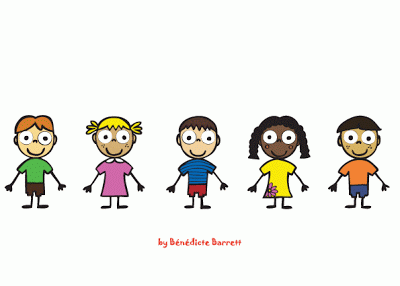
Our figures show a different story.
Well-being is largely unchanged across the 14 days. Both the younger and older pupils experienced an insignificant decrease that could be attributed to statistical noise. Consequently, there is no indication that the younger pupils’ well-being began to rise compared with the older pupils’ well-being.
We further supported this conclusion by looking at a small group of parents who have children in both fourth or fifth grades and in sixth or seventh grades. These parents also did not rate their children’s well-being as changing at different rates.
Does this mean that children’s well-being is unaffected by the situation? Not necessarily. It could be that the children were affected by staying at home for longer, although the older children had been home for about six weeks when we conducted our study.
It could also be the case that we do not see a difference because the younger children returned to a different and insecure school day.
School involves much more than well-being
In addition, it is important to remember that schools have other purposes than to ensure children’s well-being – including not least teaching the children some skills.
An English study shows that children from better-off homes receive significantly more learning while schools are closed.
This is partly because their families are in a better position to help them. This disparity alone could substantiate the wish for more children to attend school.
The parents had slightly more time for their own work
Families helping their children with schoolwork could be another good reason for allowing children to return. When the children are at school, the parents might have more time to do their own work.
Generally, we found that over the 14 days, the parents we studied had more time to devote to their work. The first time we asked them, the parents thought they were able to meet 82-83 per cent of their work commitments.
The second time we asked, that figure had risen by about two percentage points; an increase that is not excessive, but large enough that we cannot dismiss it as statistical noise.
However, the increase was no larger among parents whose children were permitted to return to school, which could be because sixth- and seventh-grade children are more able to look after themselves.

Our entire study is based on survey data, which includes the uncertainty that we rely on participants answering precisely. This gives particular cause for reflection regarding the question that requires parents to rate their own work capacity. Are they capable of doing so? And are they providing answers they feel are expected of them?
This is a genuine concern. However, regarding this specific question, we would like to point out that if the parents answered along the lines they felt were expected of them, the younger children’s parents would certainly have been more likely to answer that they could do their work better after their children returned to school.
Yet, as mentioned, we found no sign of this.
Slight difference in support for the authorities
What about parents’ stress? That fell (fortunately) slightly during the period. But again, there was no difference between the parents of the older and younger children.
We discovered only one difference between the parents. In the first round, support for the Prime Minister and health authorities was higher among parents of the older children.
We do not know why, but it could be driven by some of the younger children’s parents being concerned about the prospect of letting their children return to school.
In the second round, the difference had disappeared. Support for both the Prime Minister and health authorities fell among both parent groups though it remained very high. However, it declined most among the older children’s parents.
Perhaps because, as time passed, the parents felt their children were being overlooked.
All figures and graphs can be found in our report here.



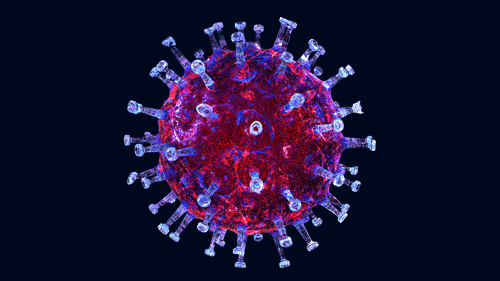




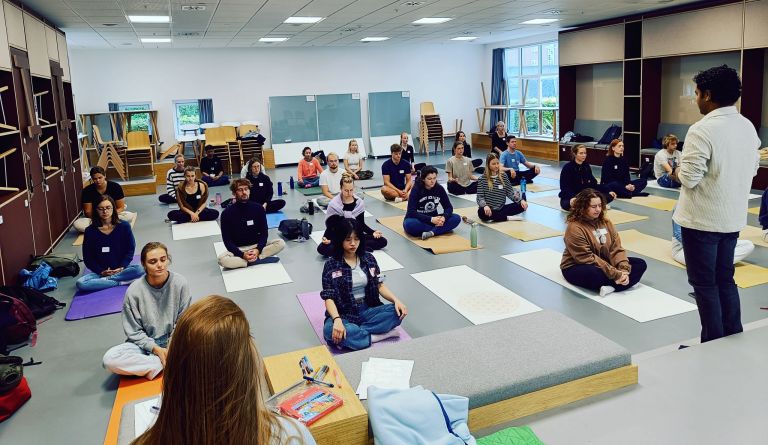
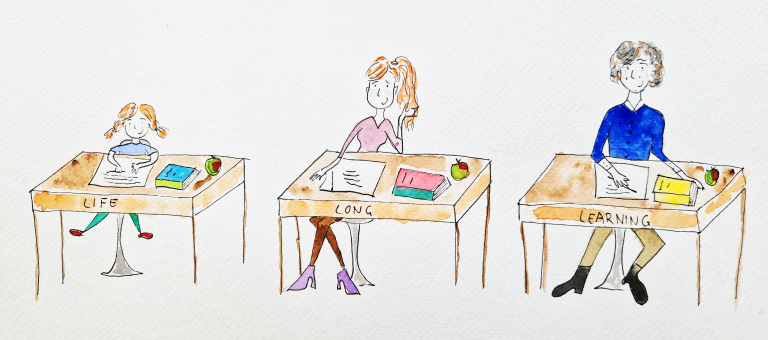



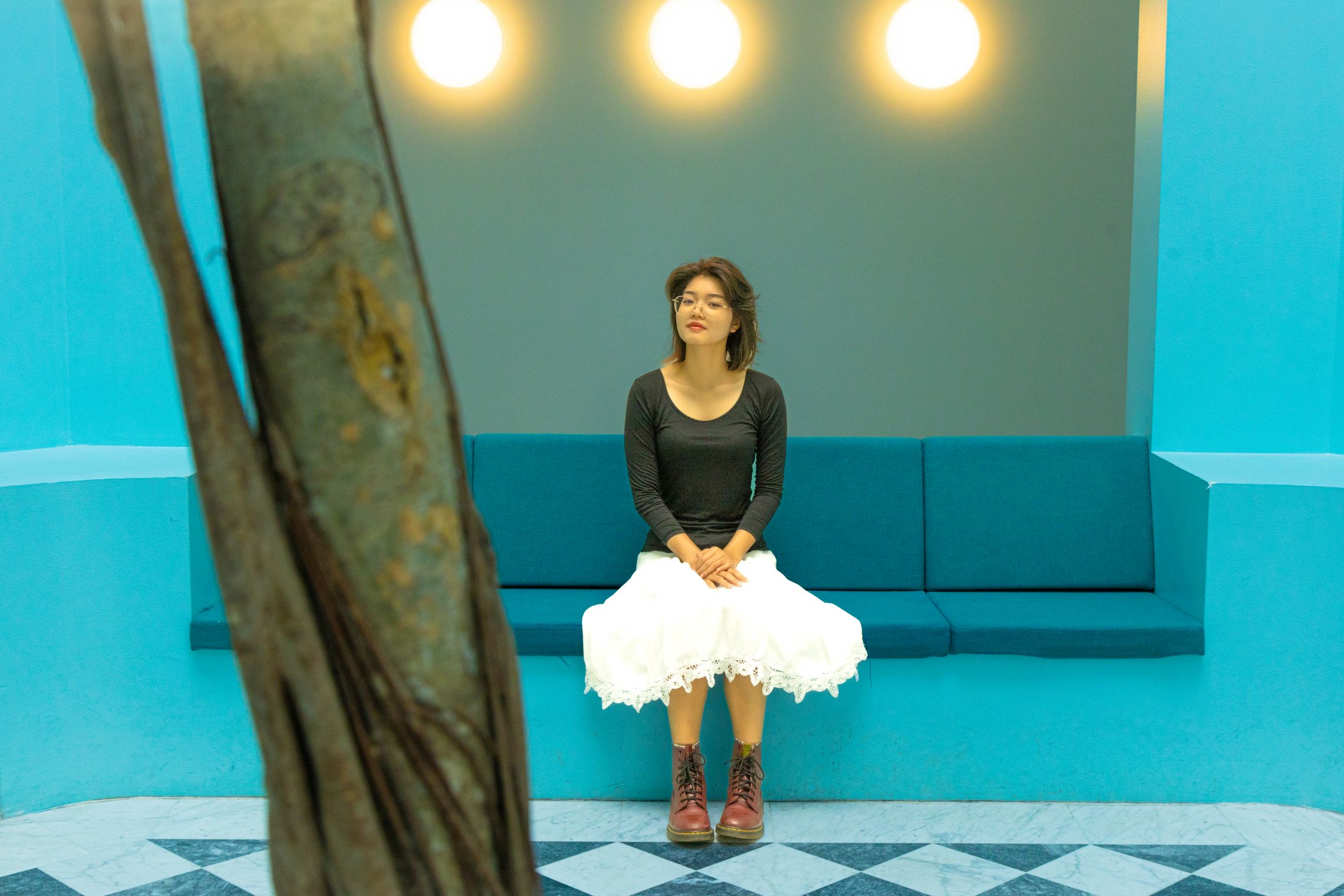


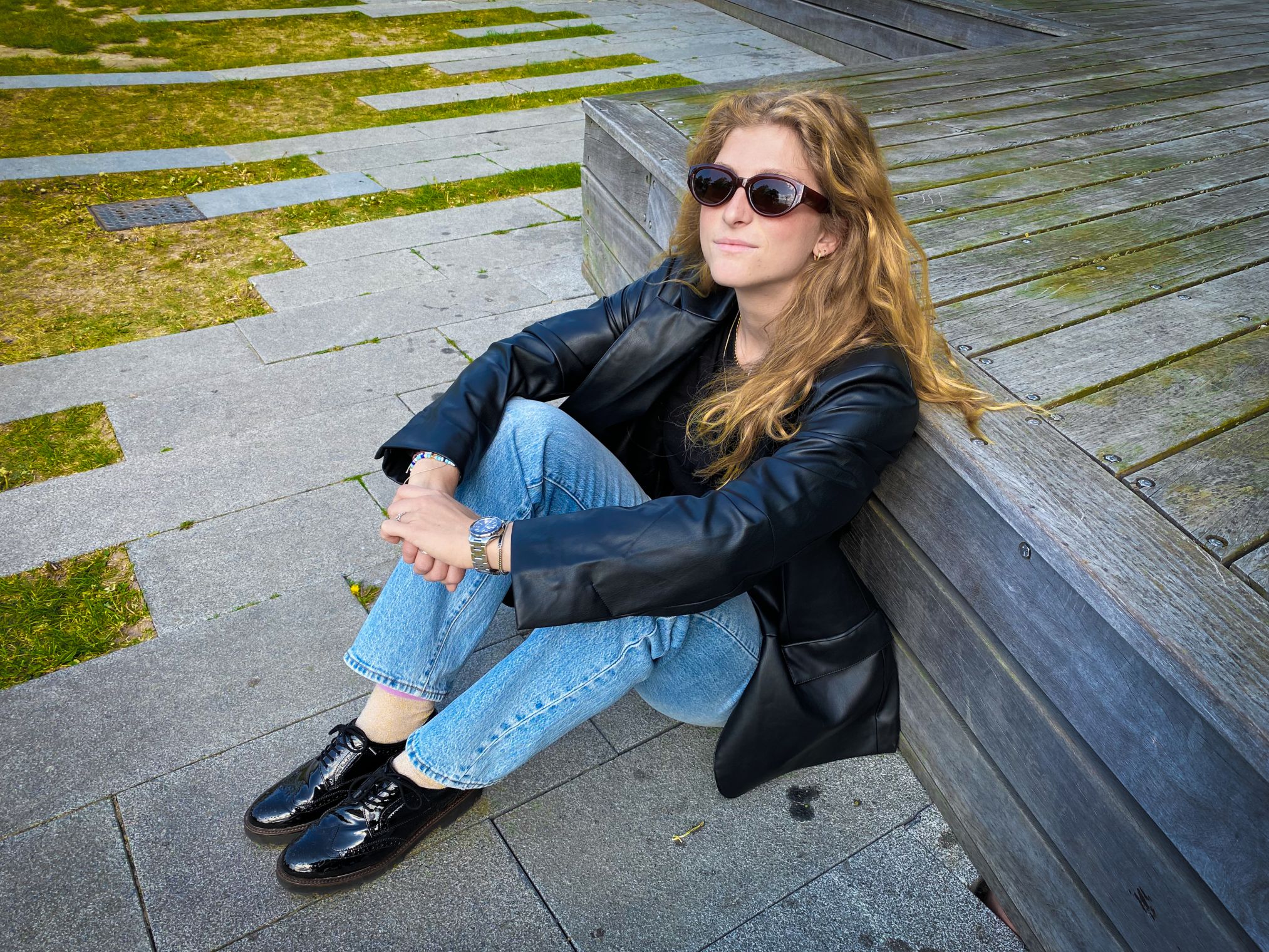












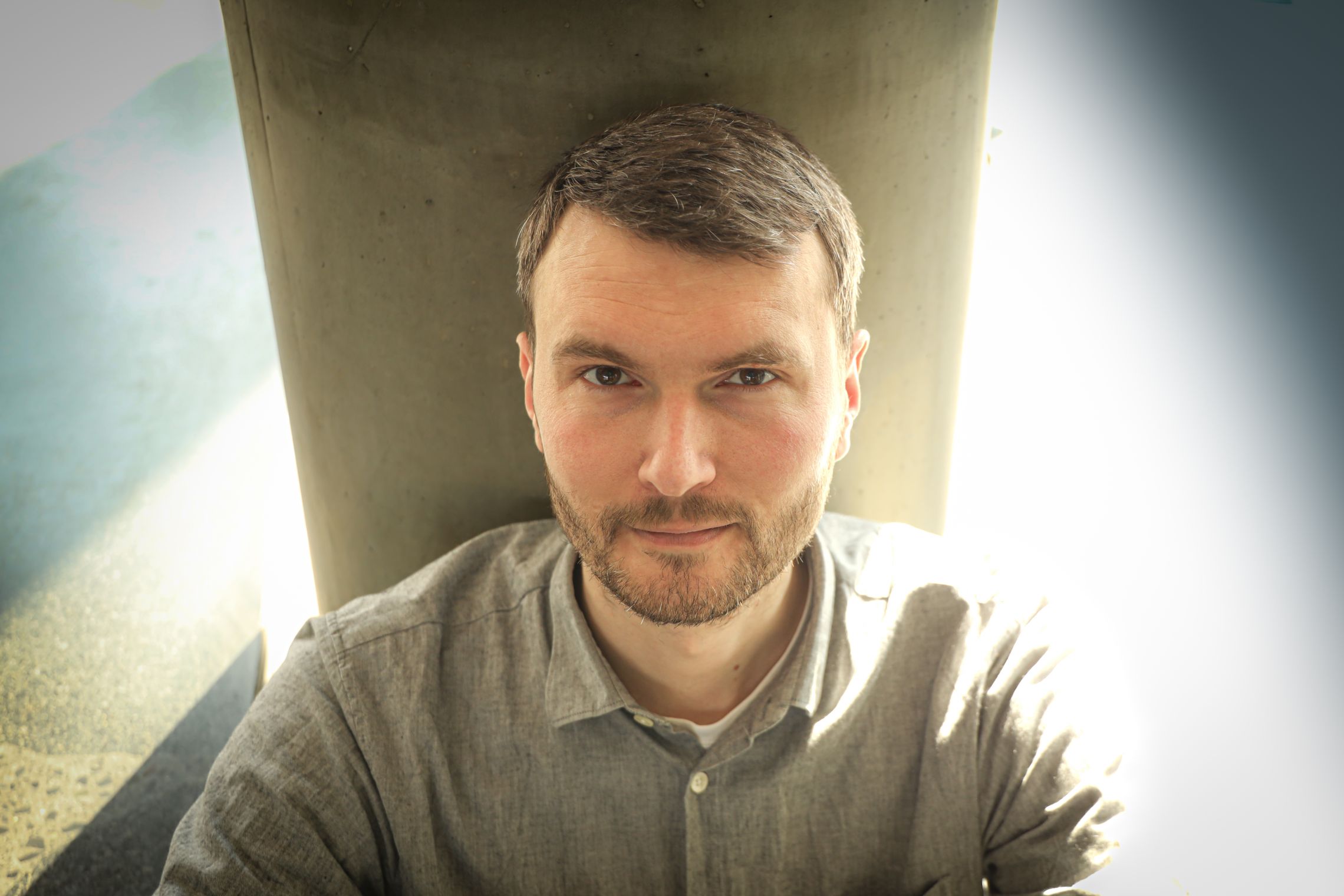




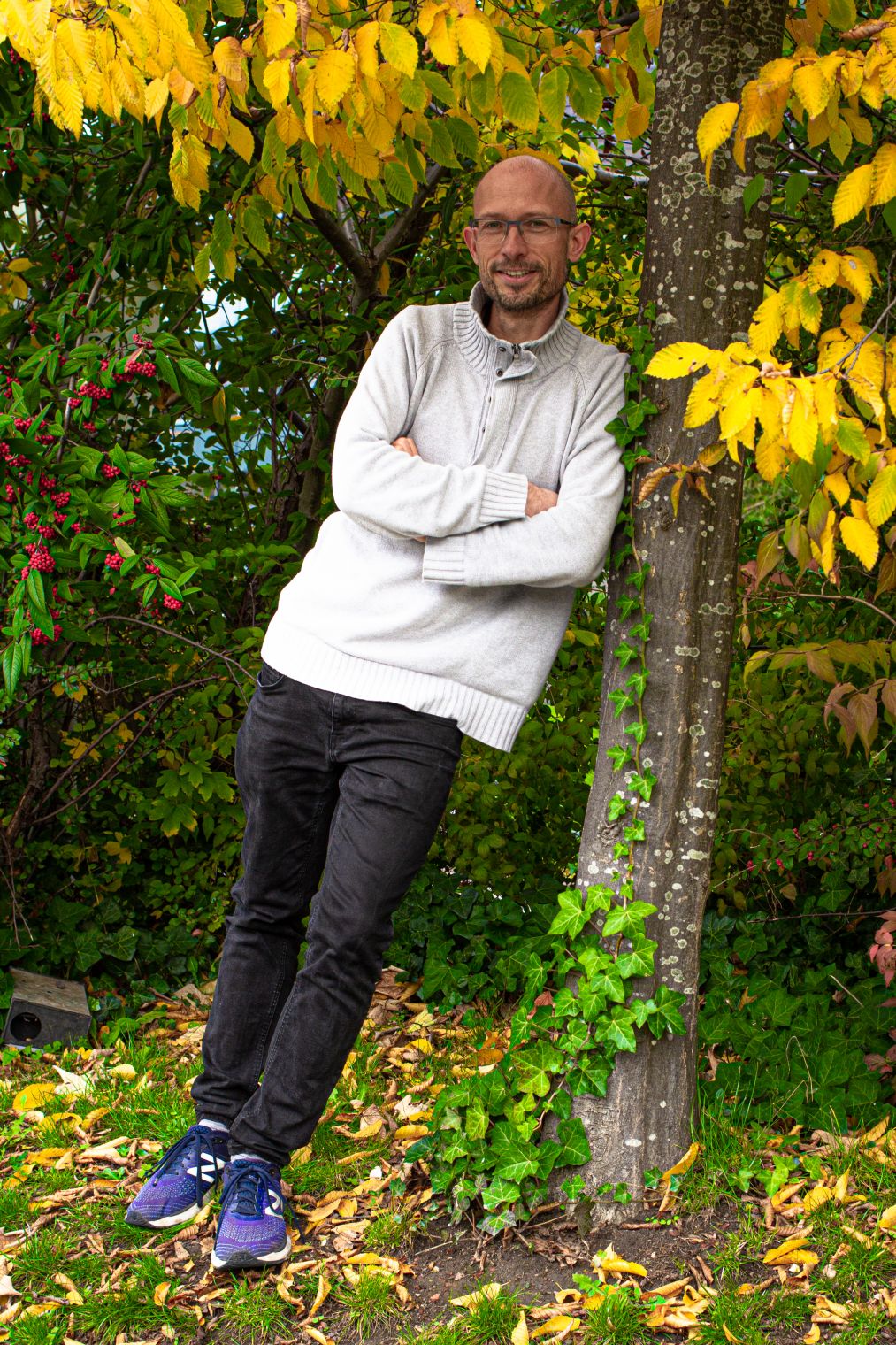
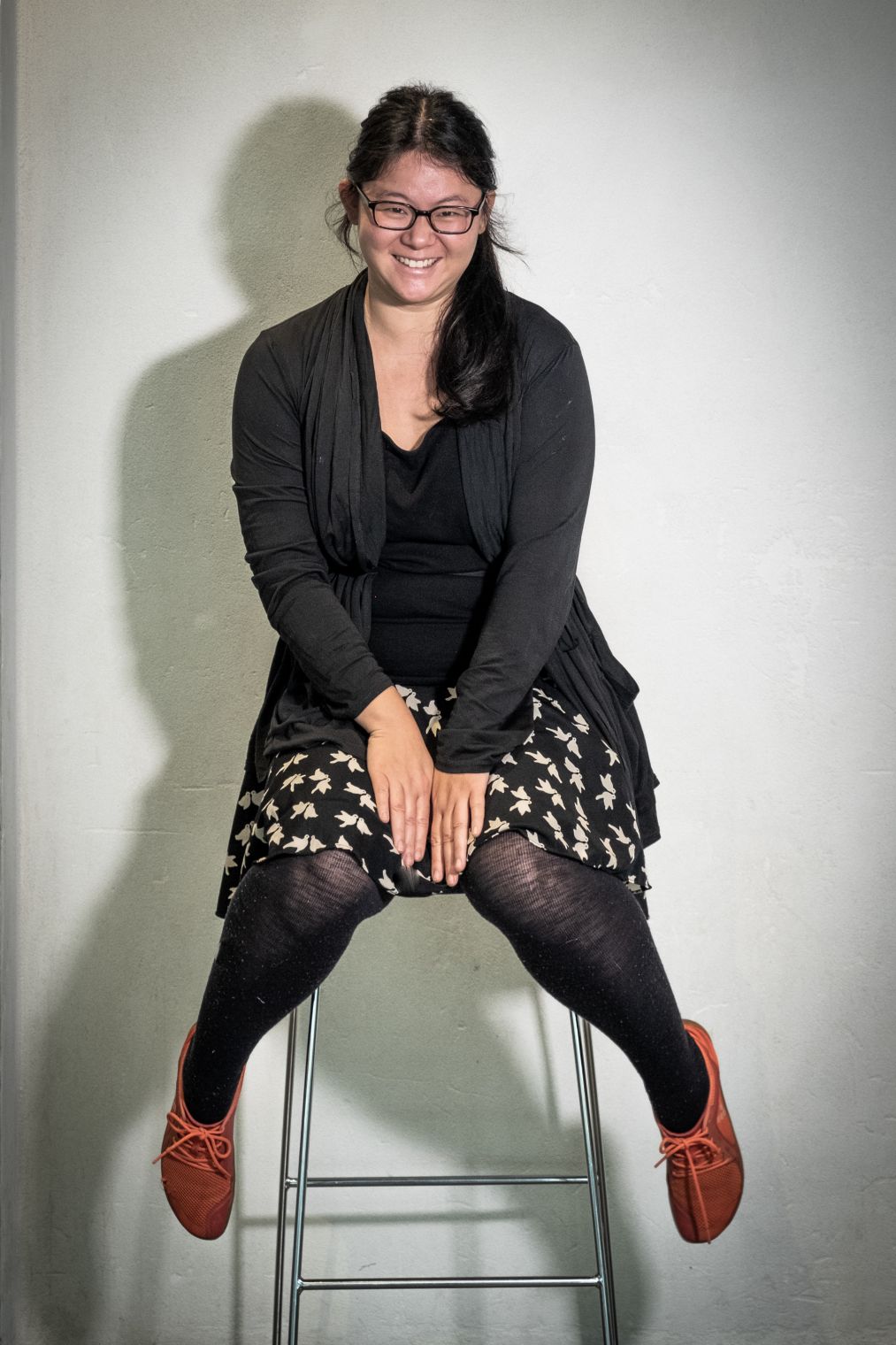

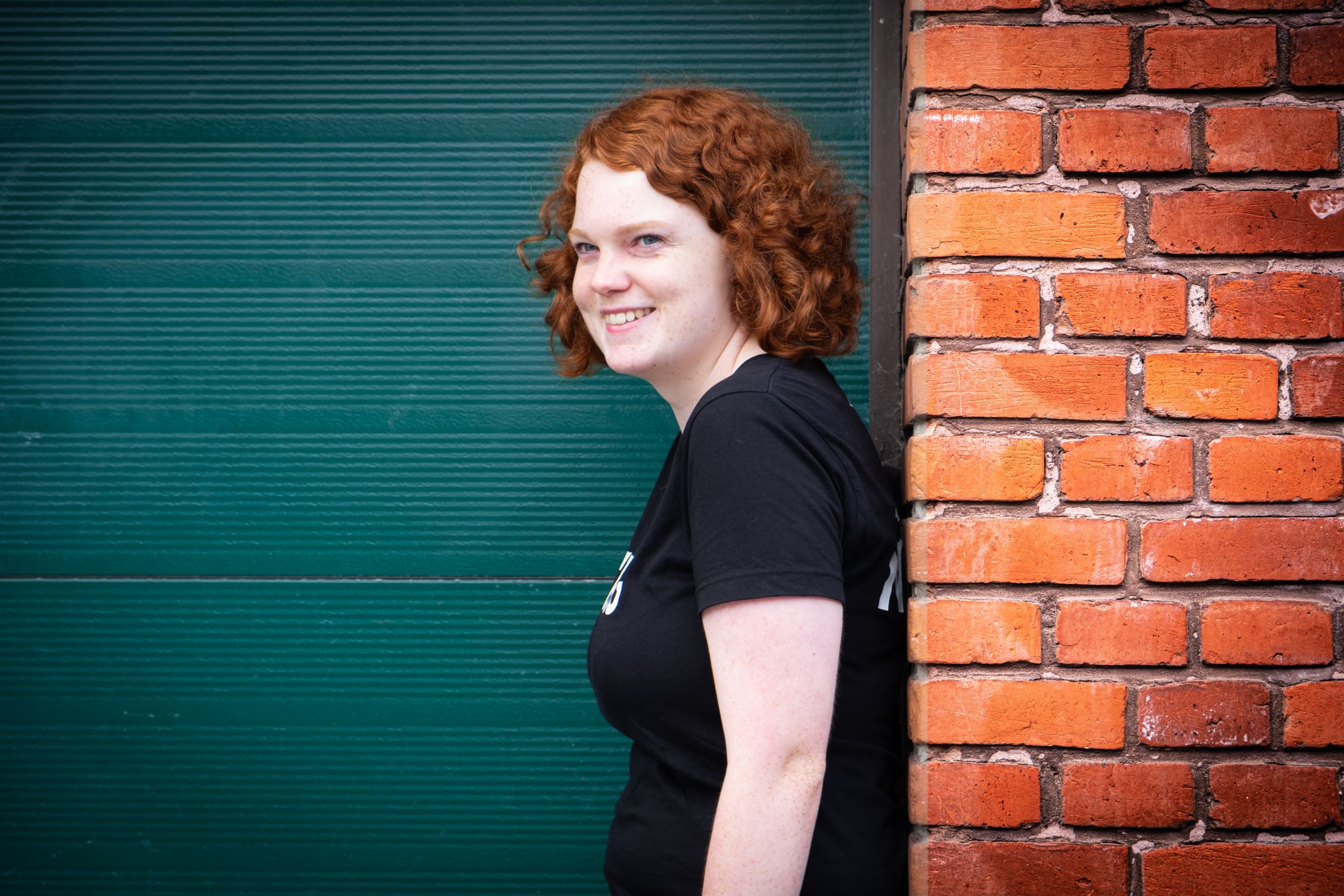


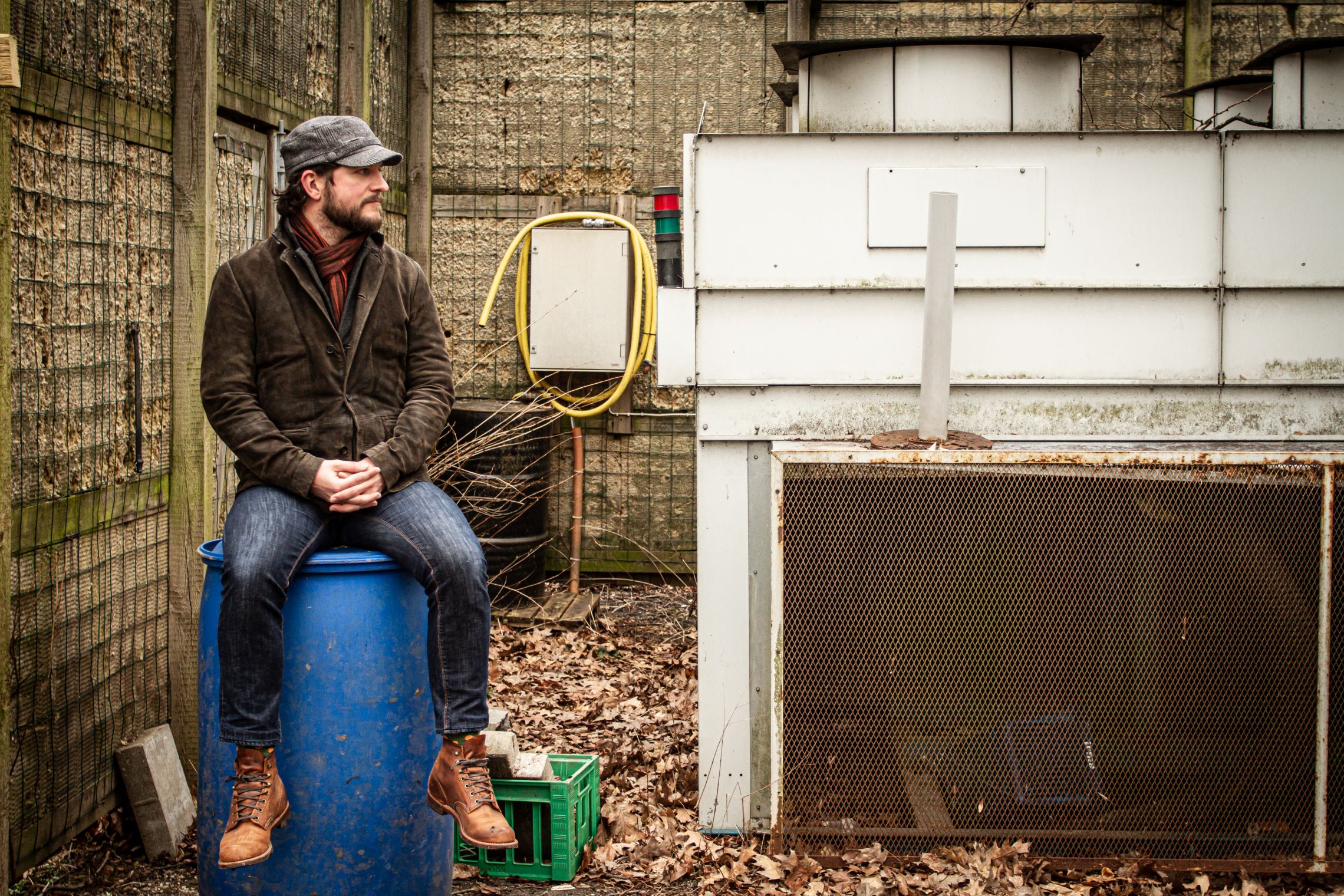
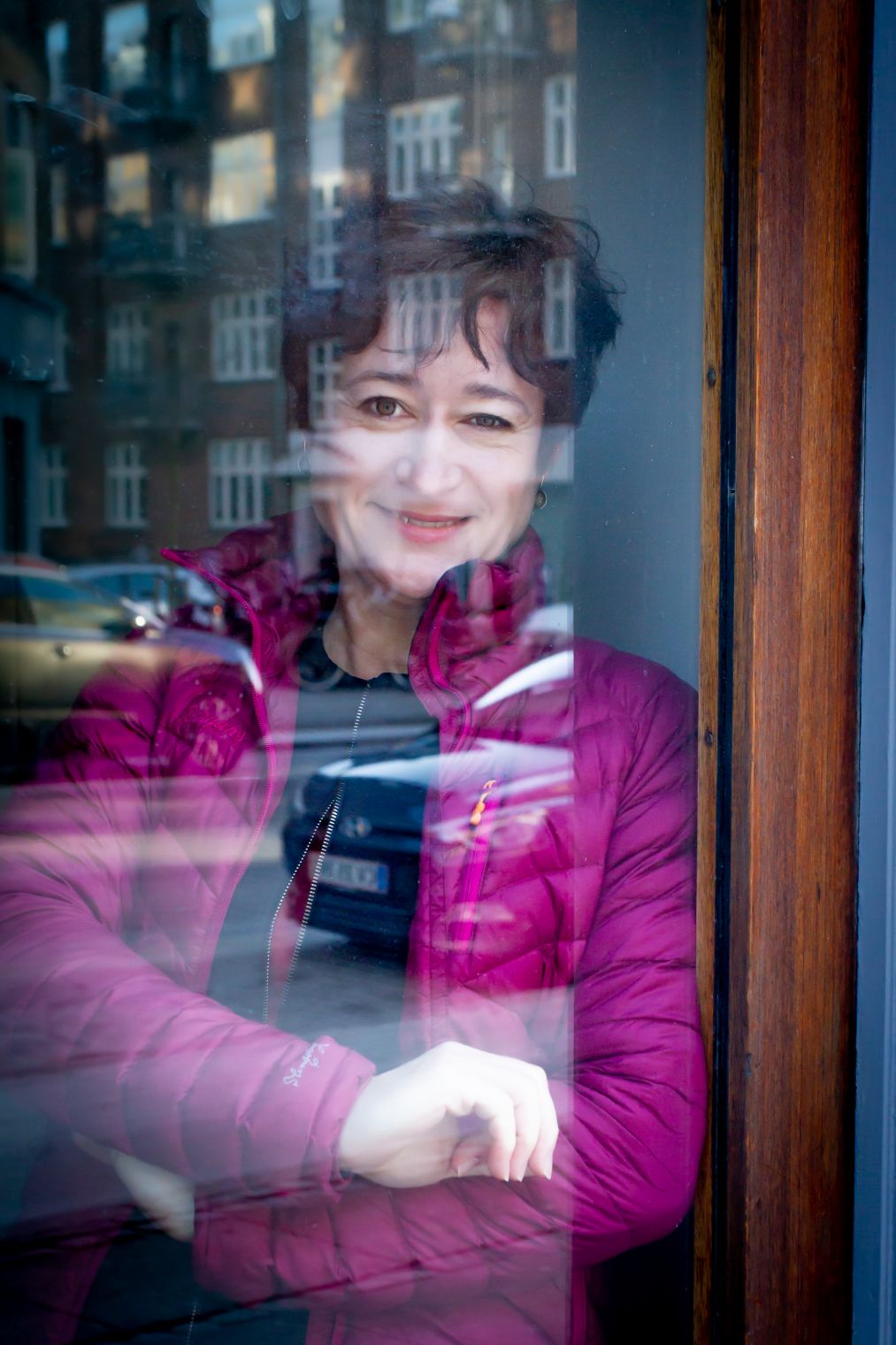
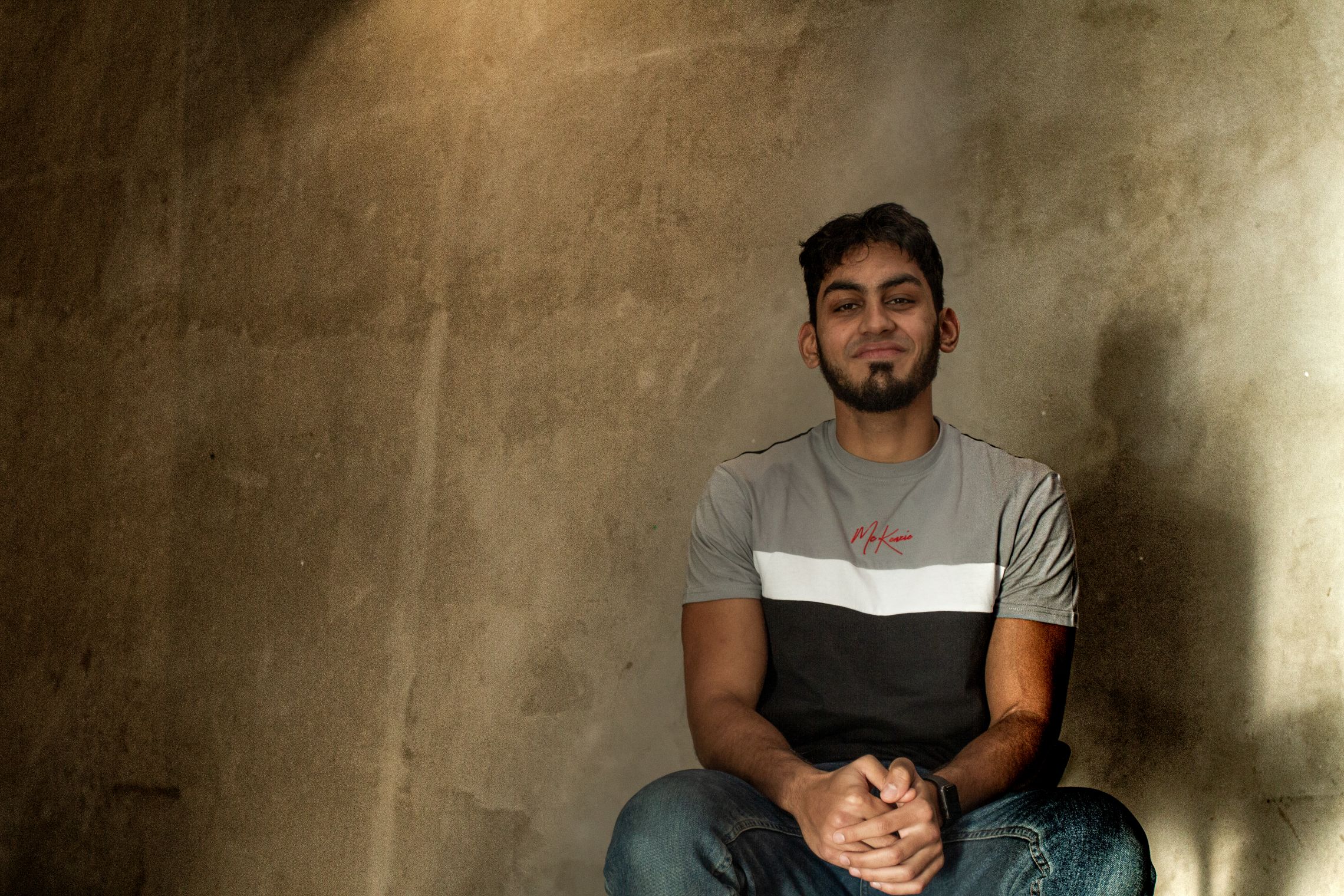
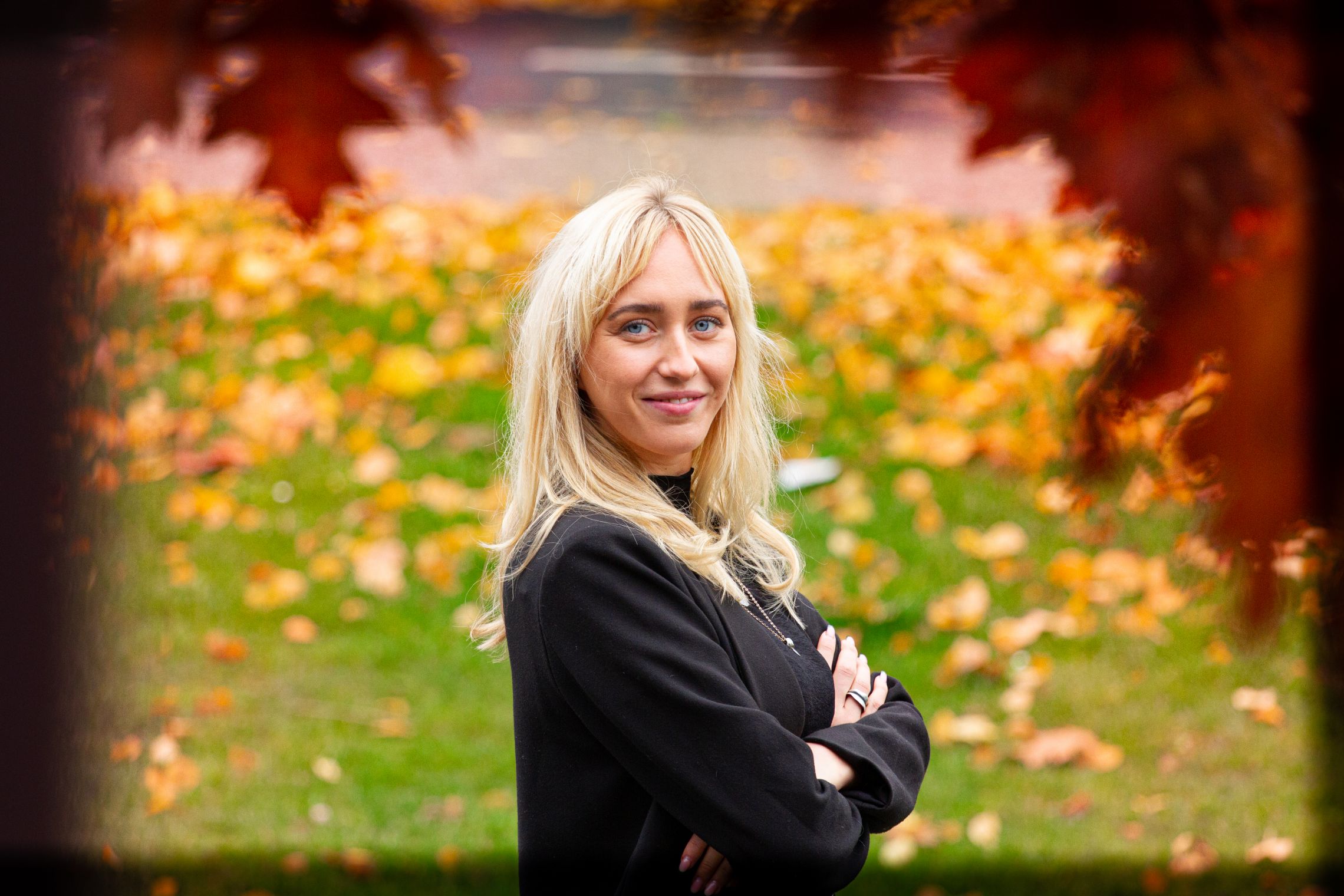



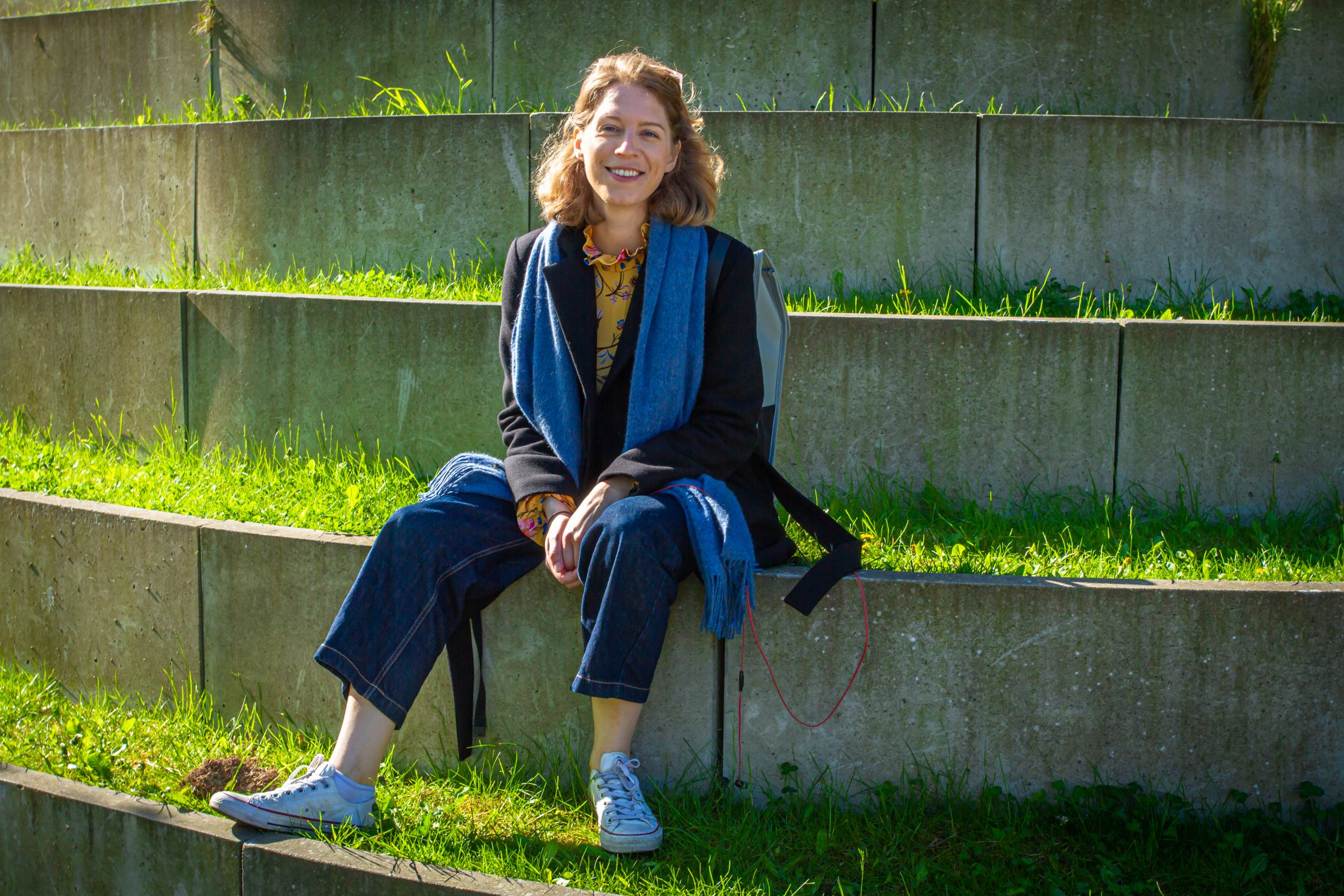
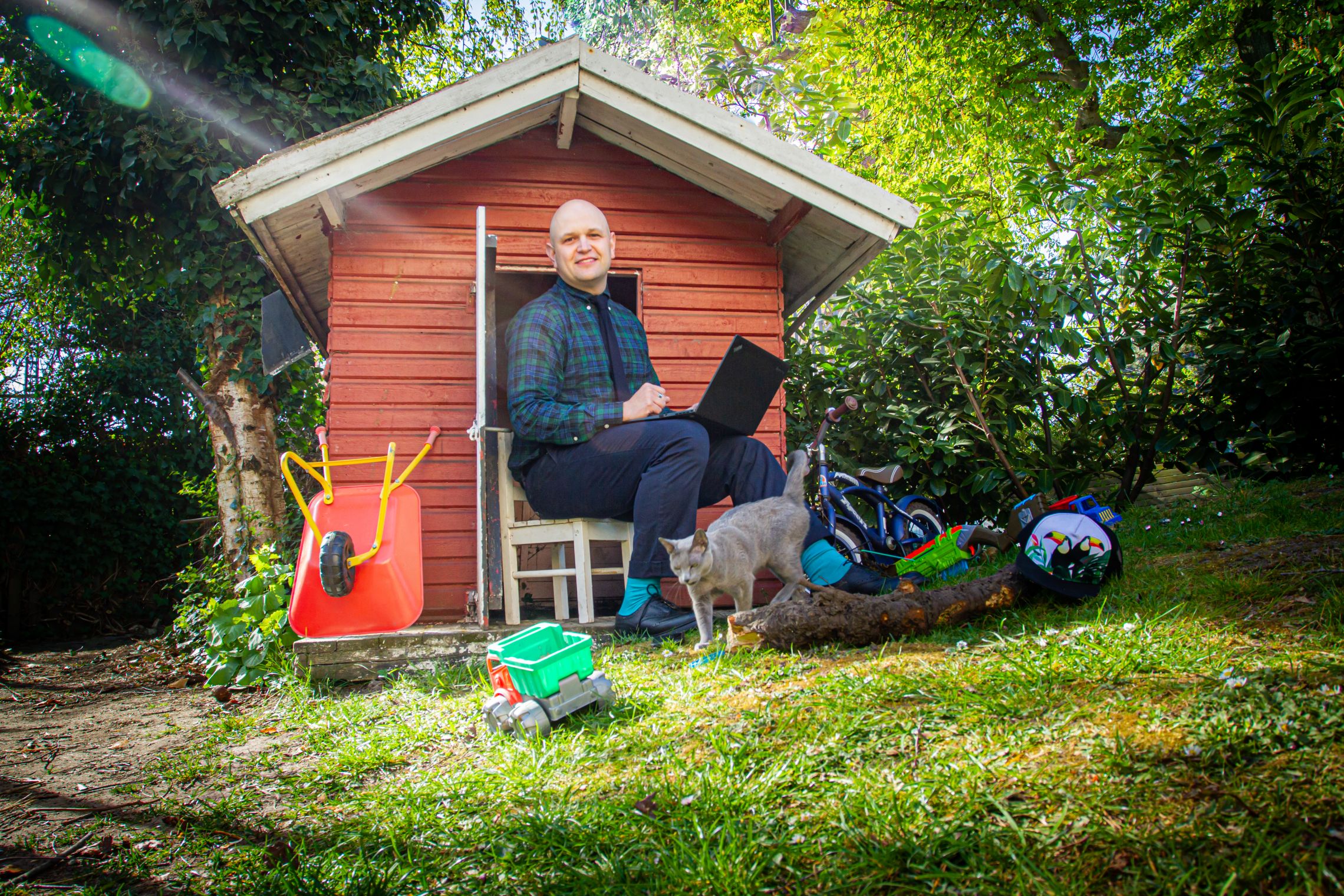


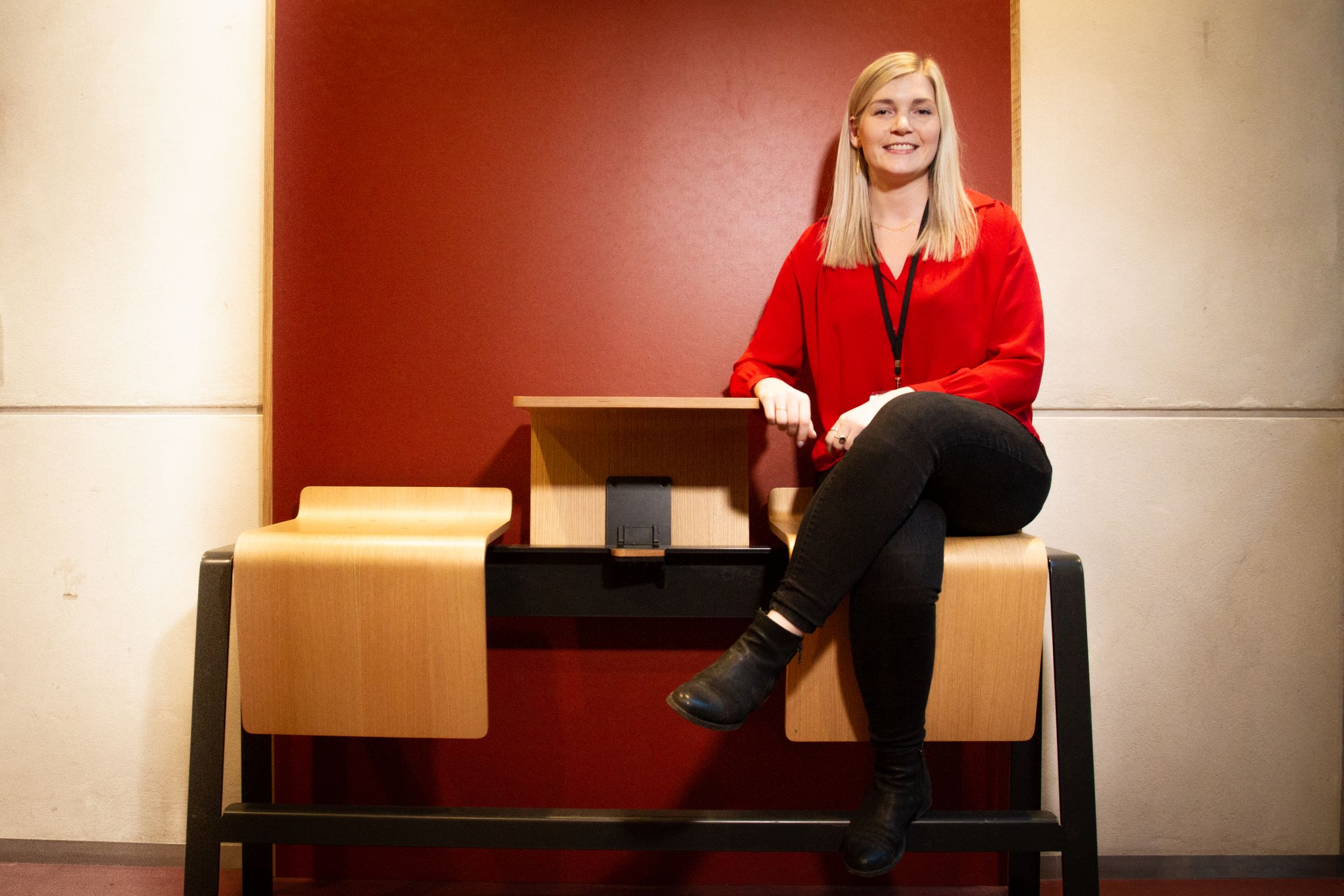




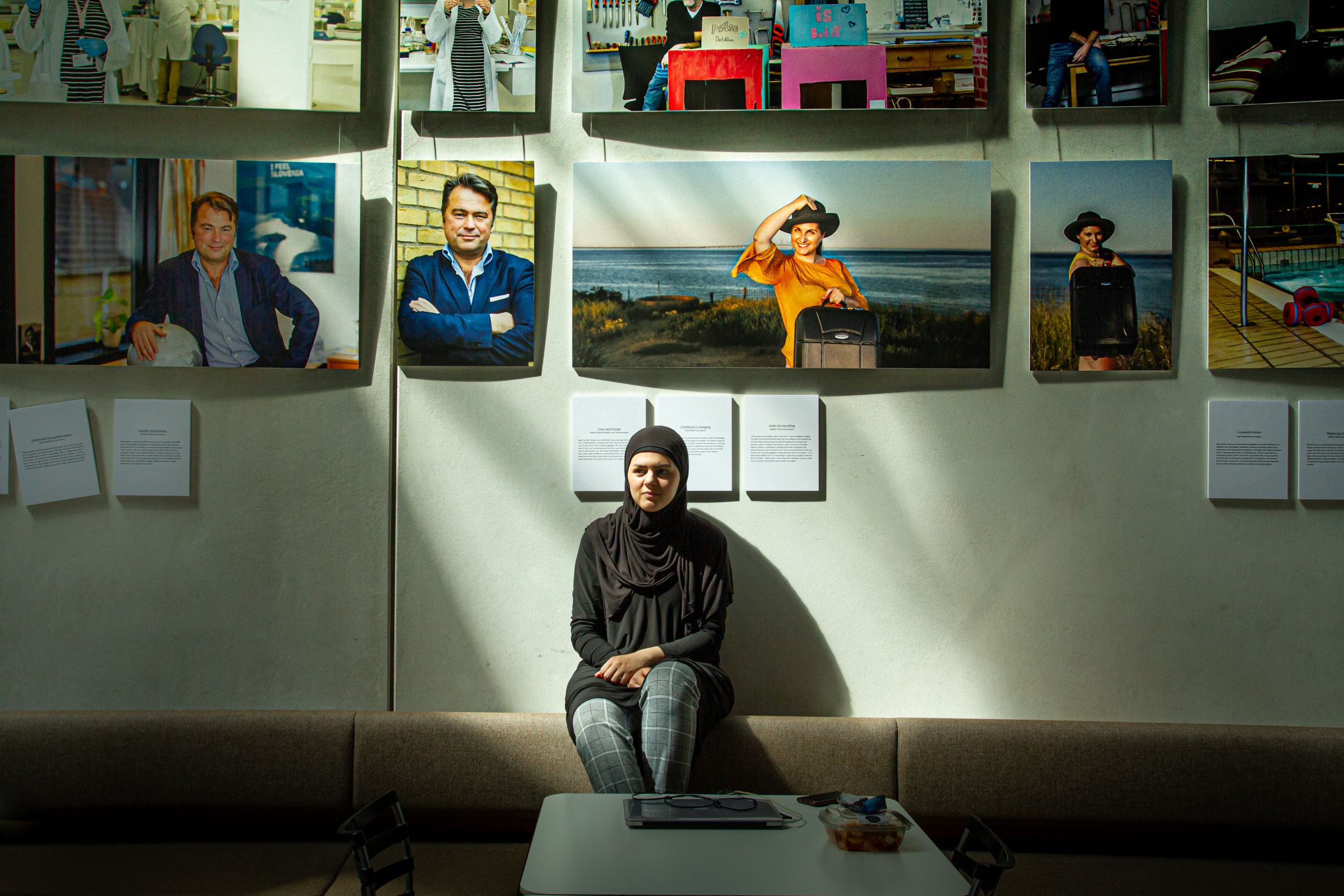

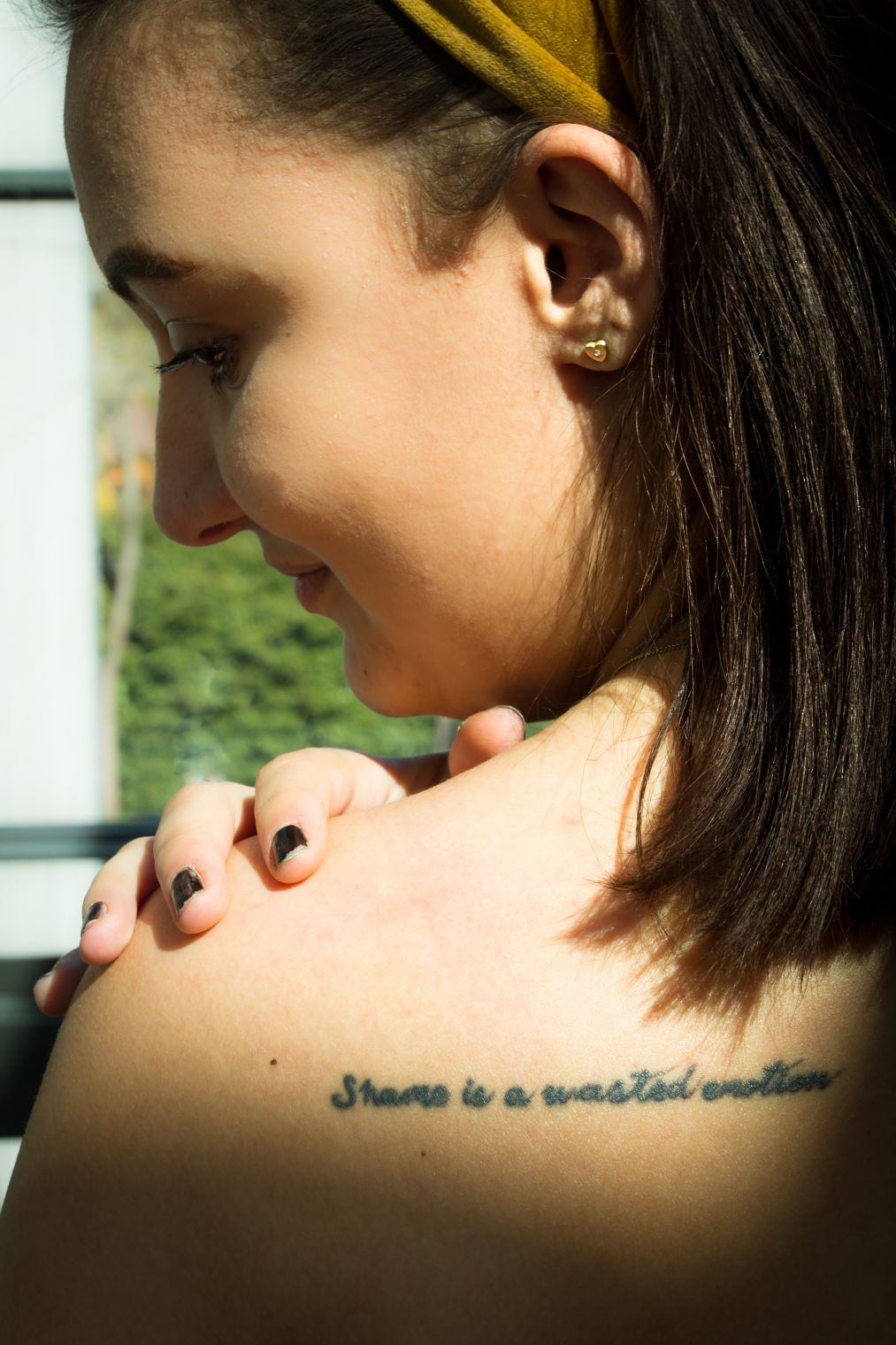


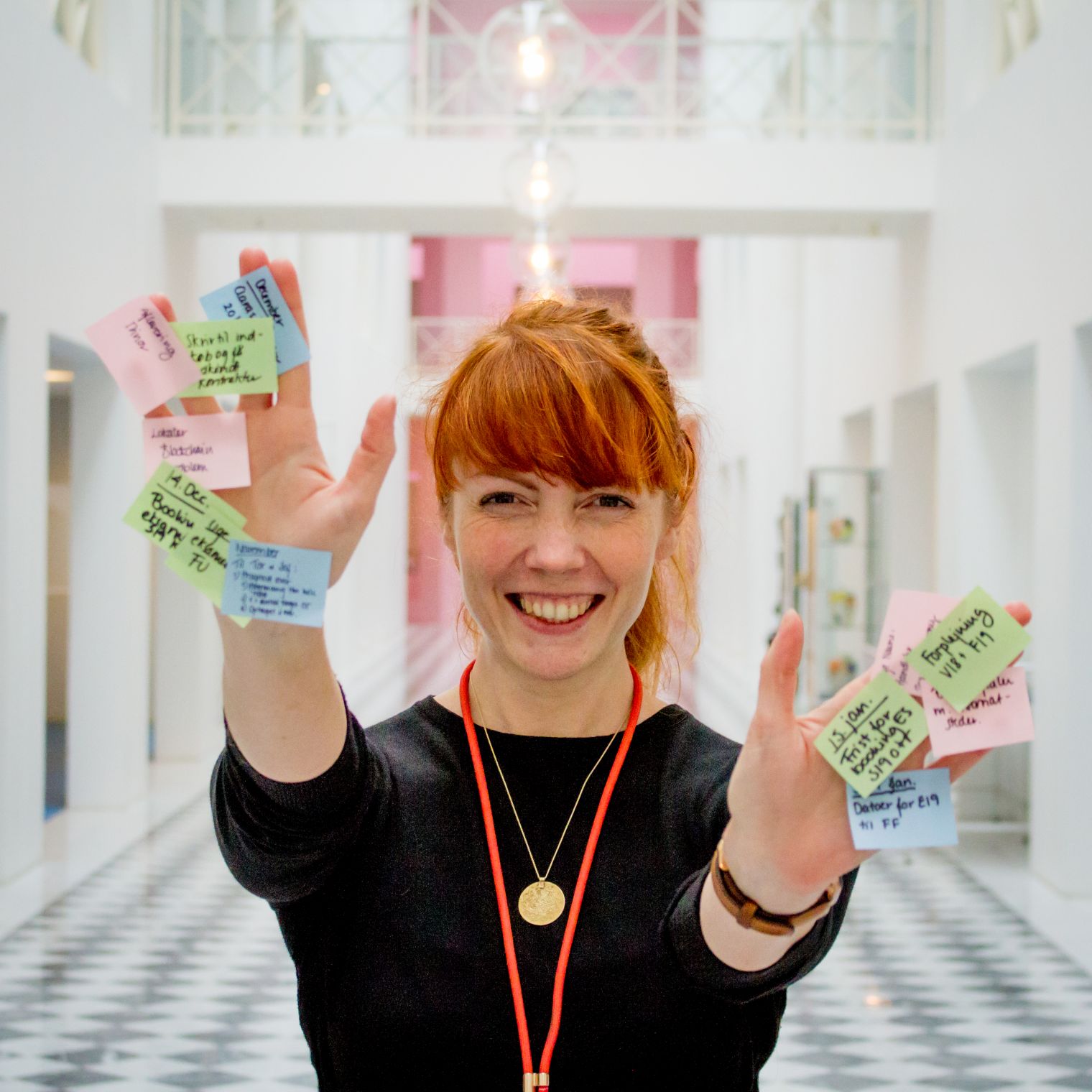
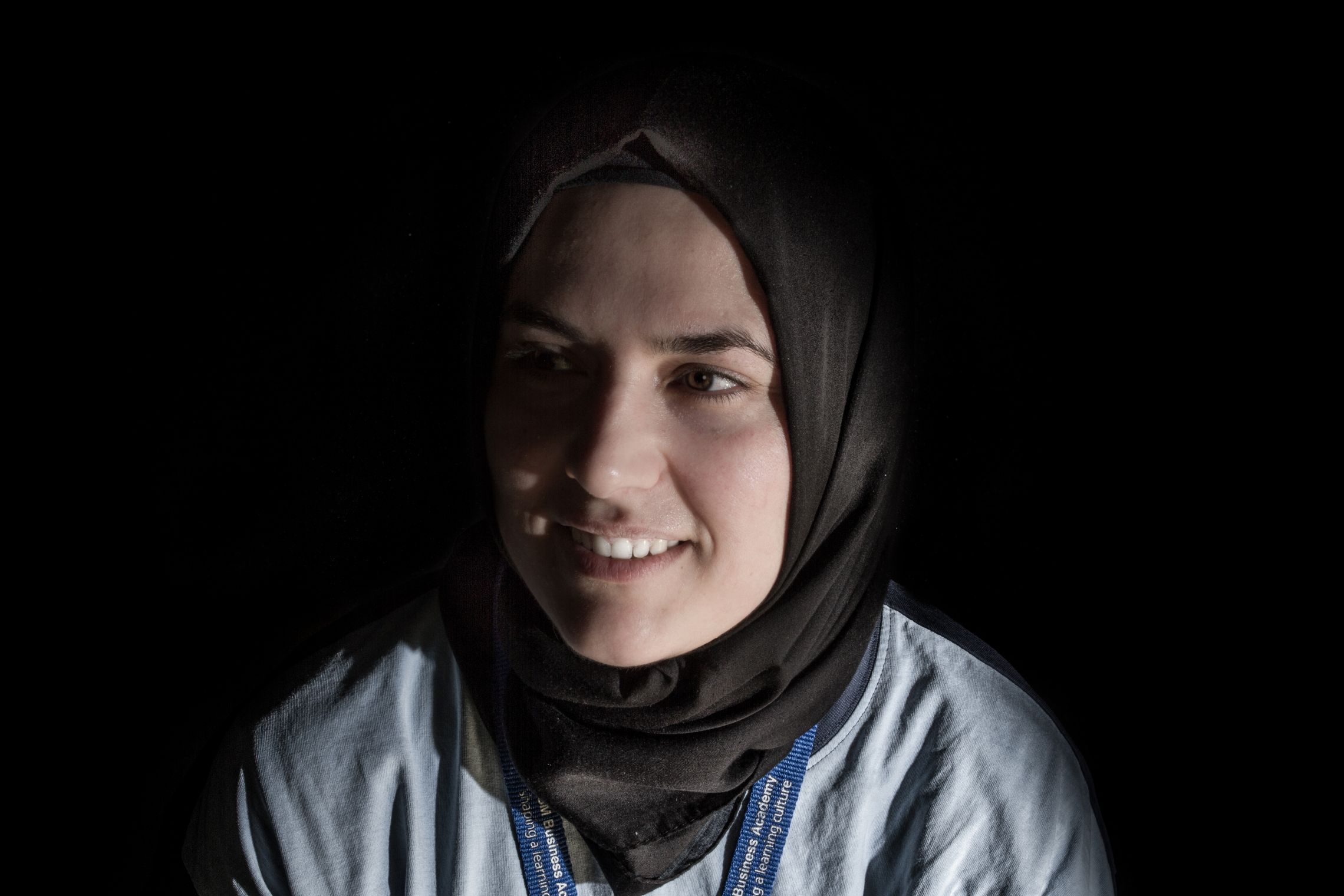









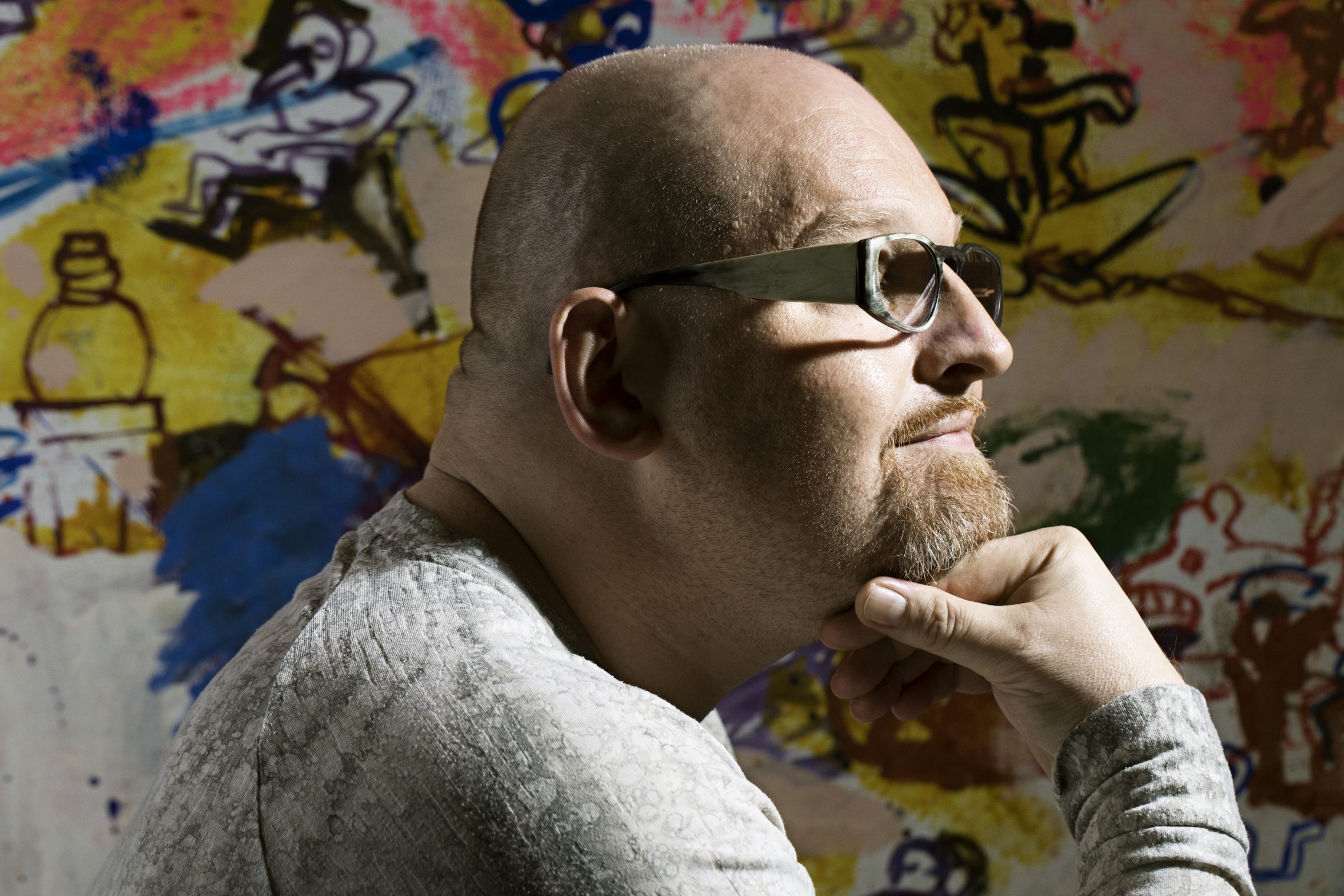
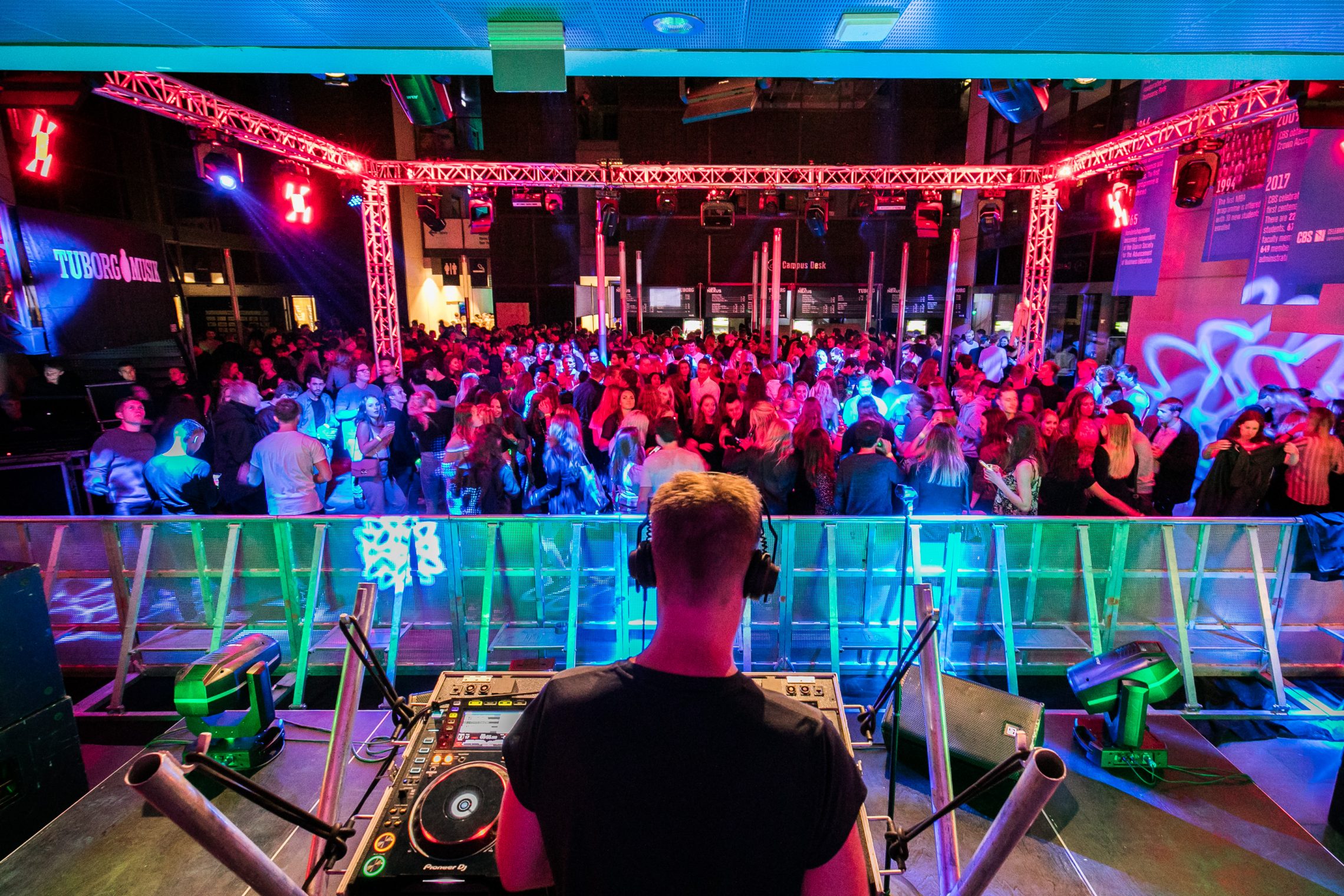



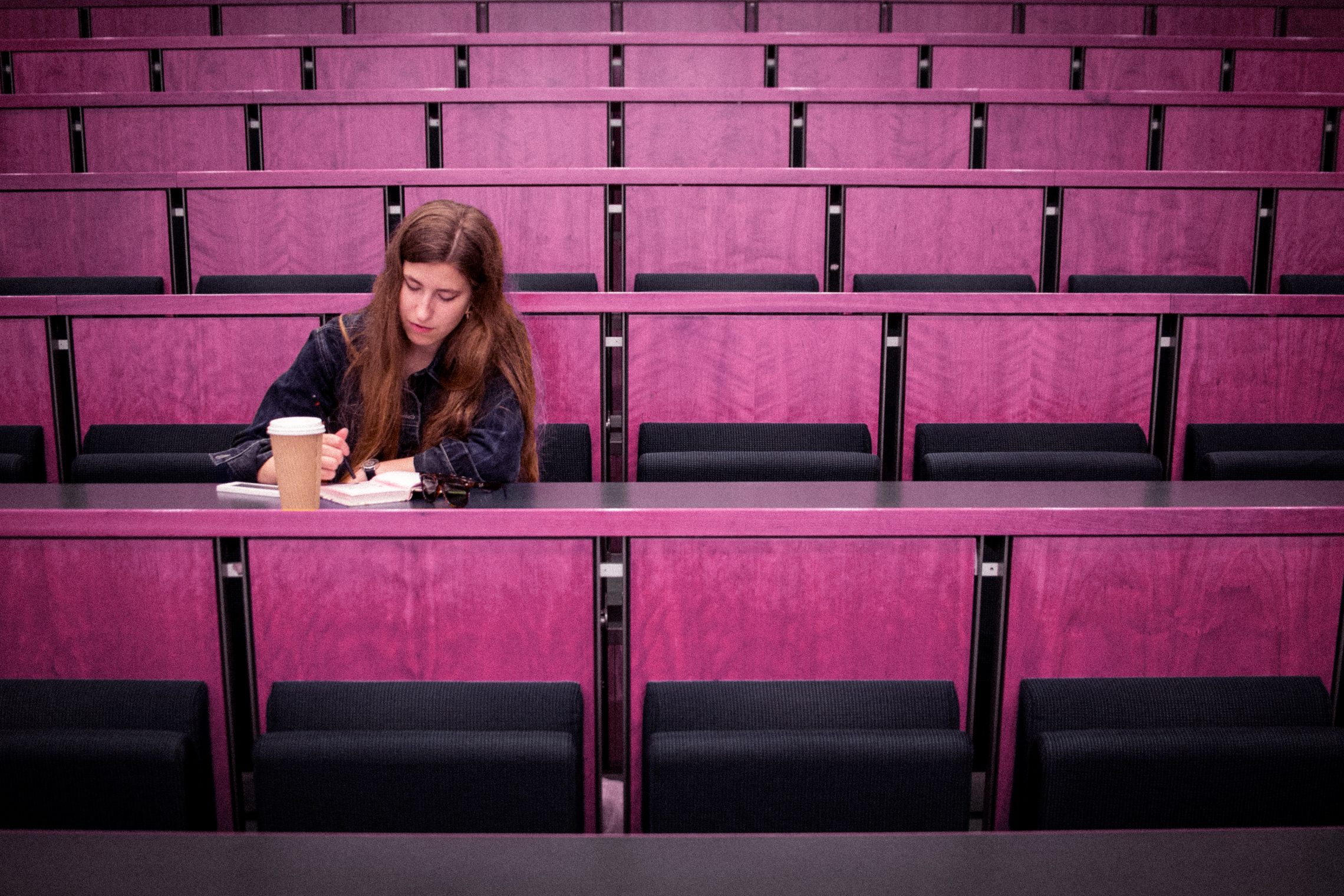
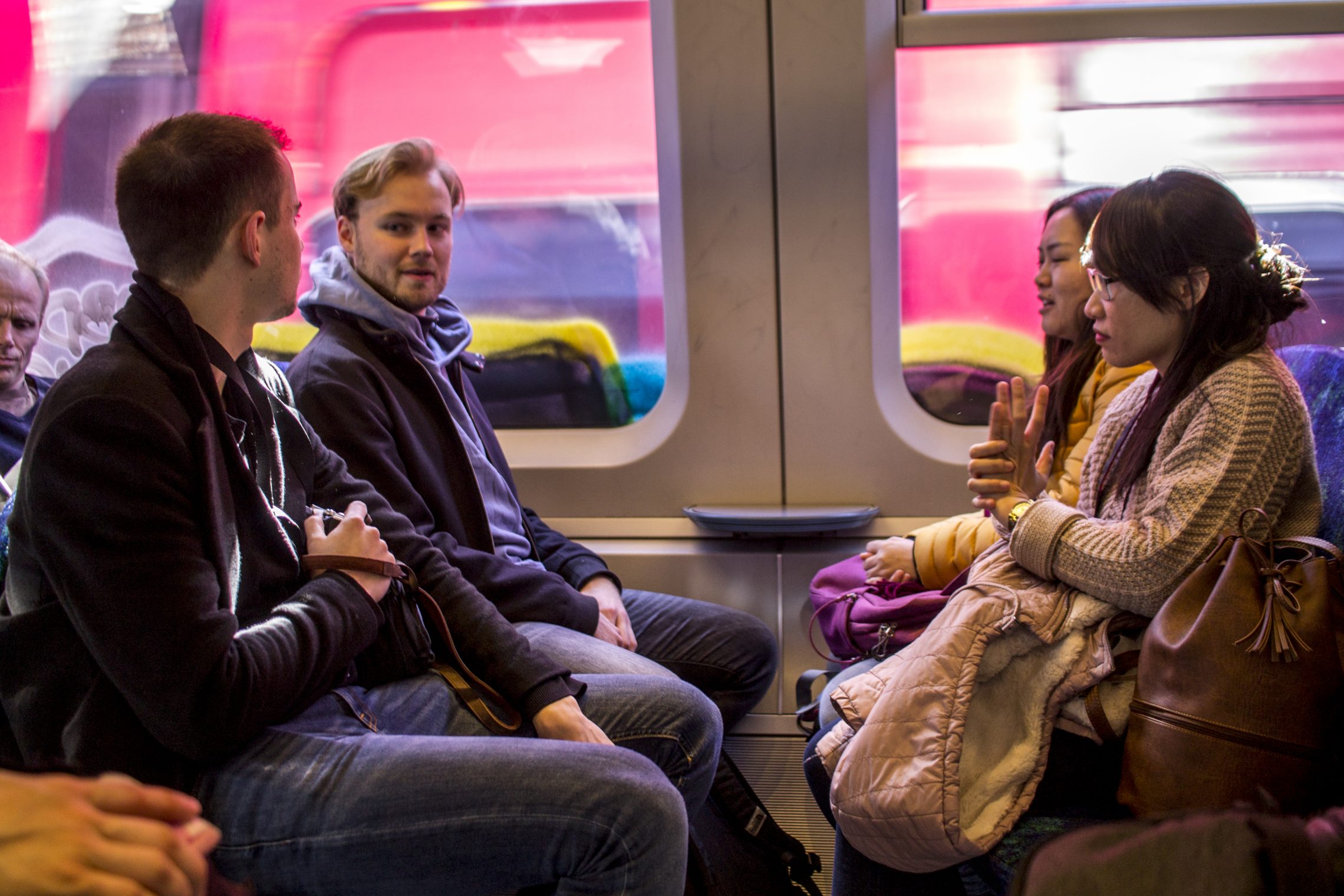

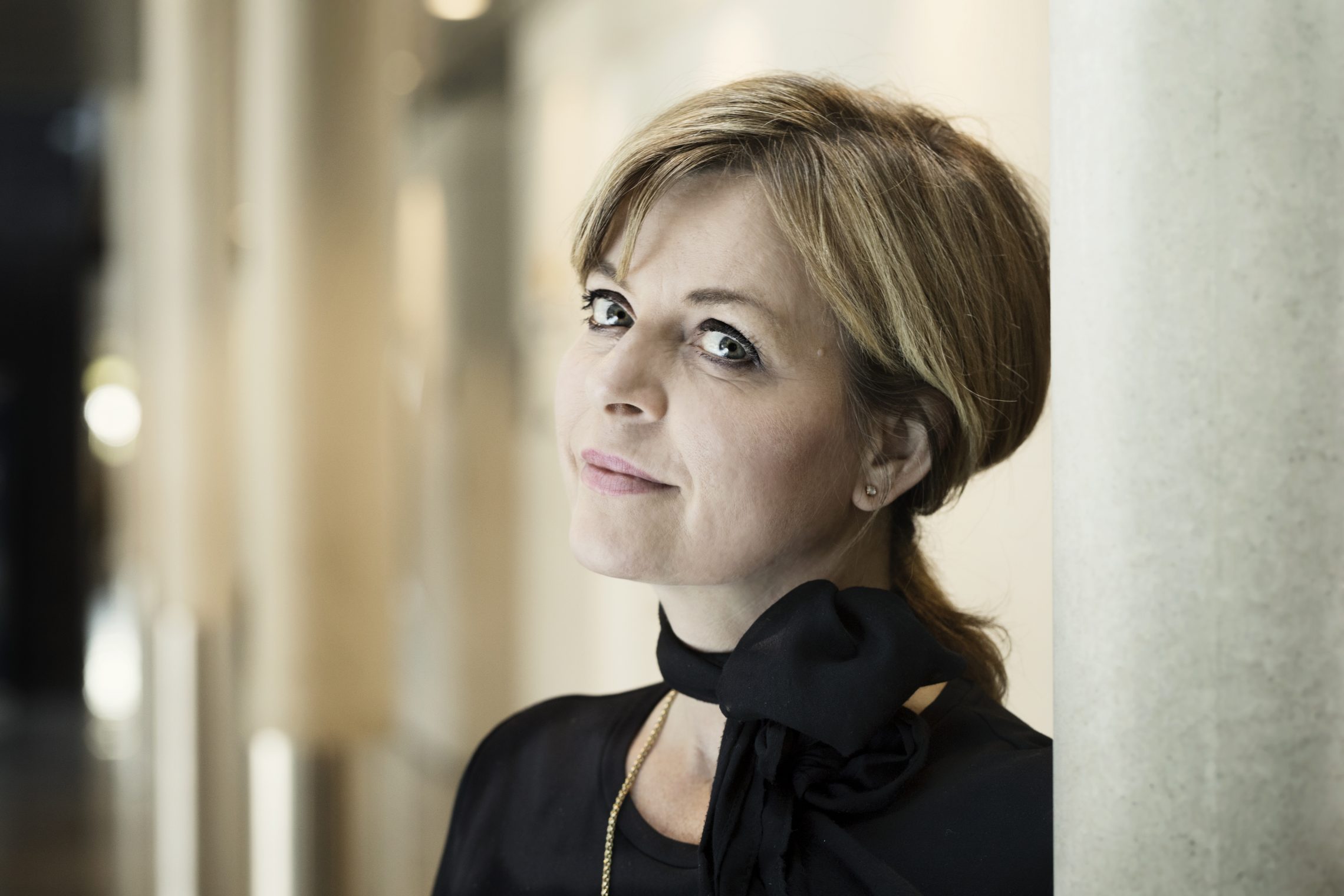
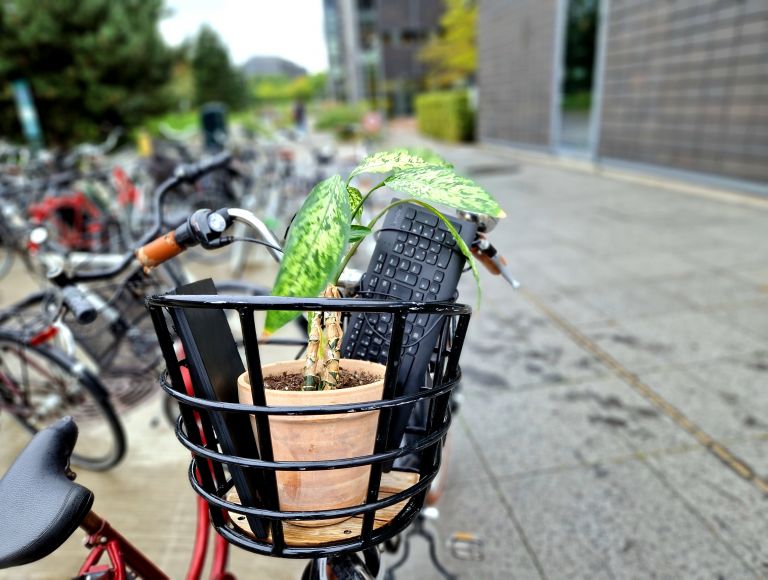

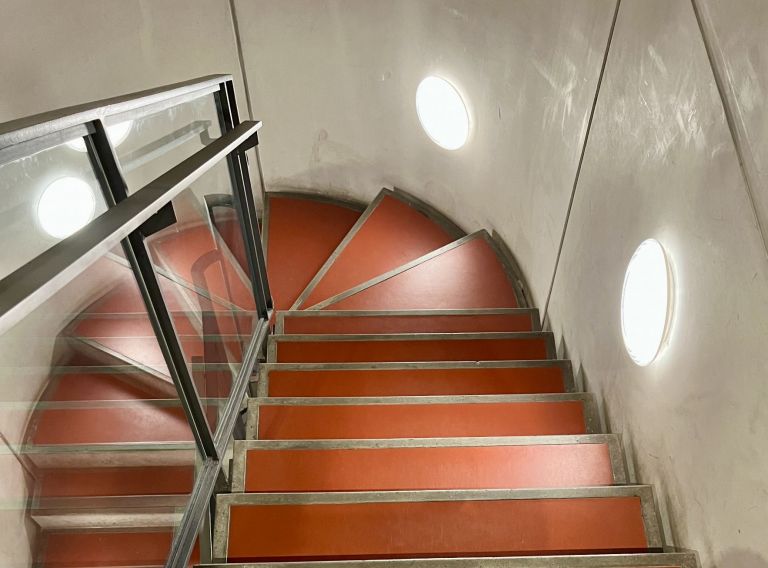

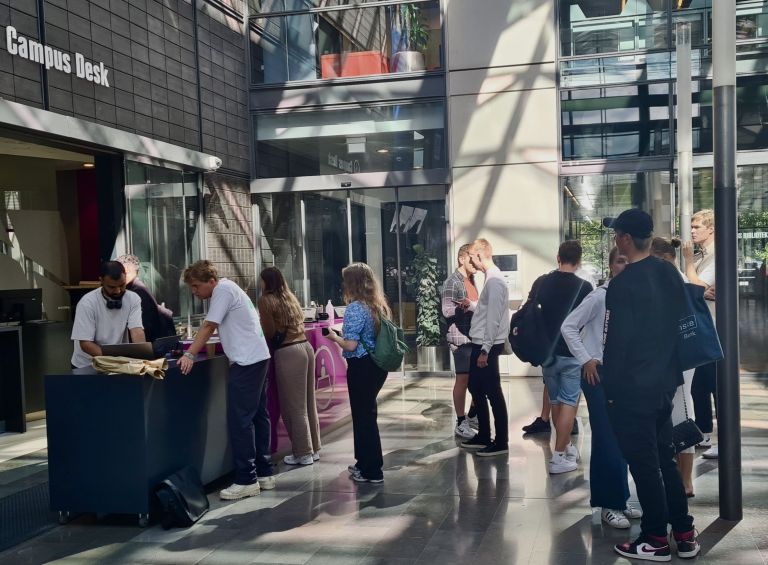




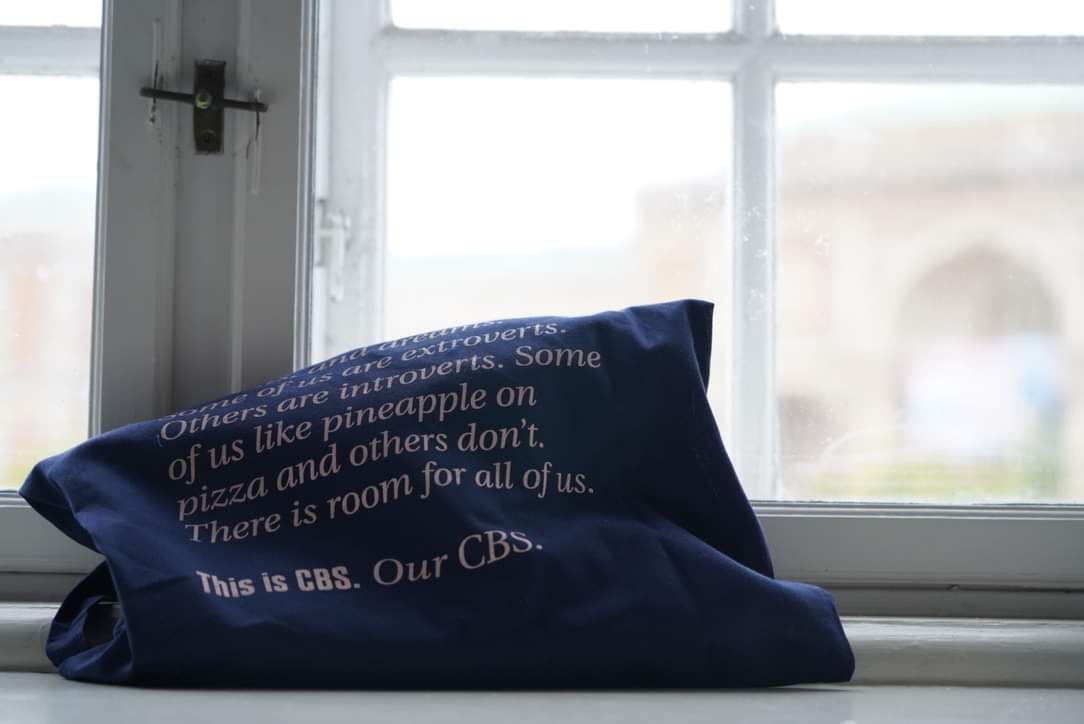


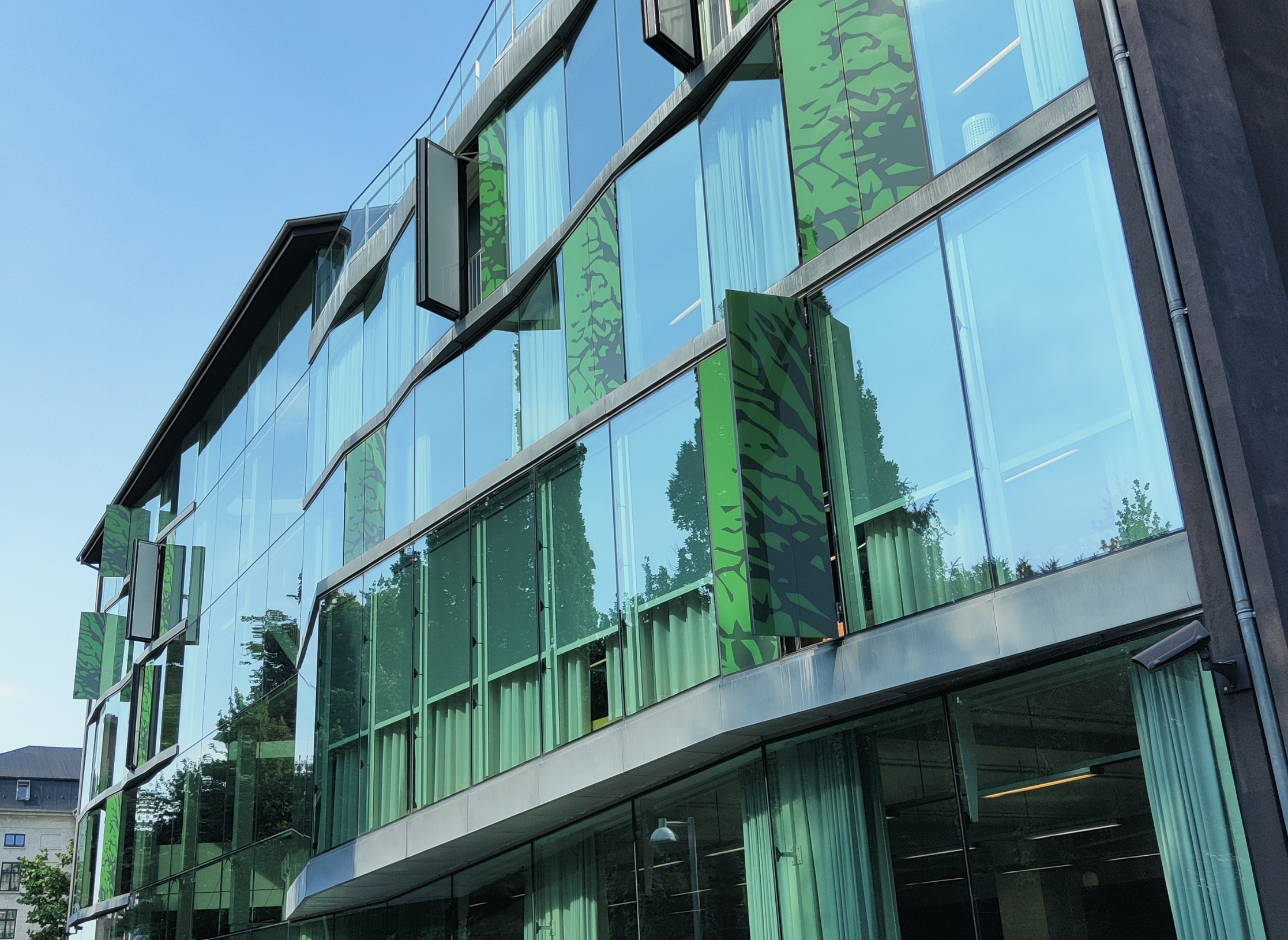





















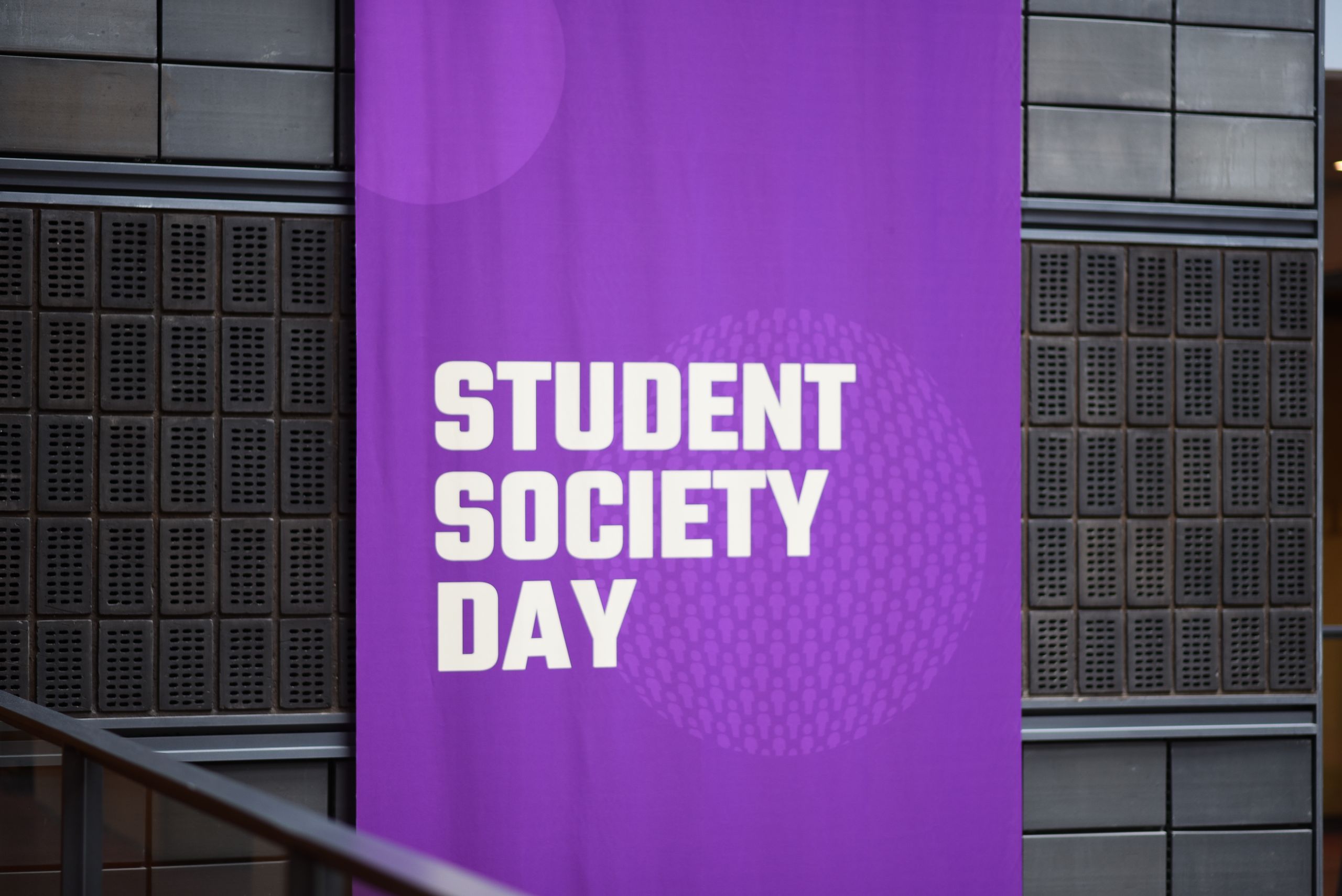

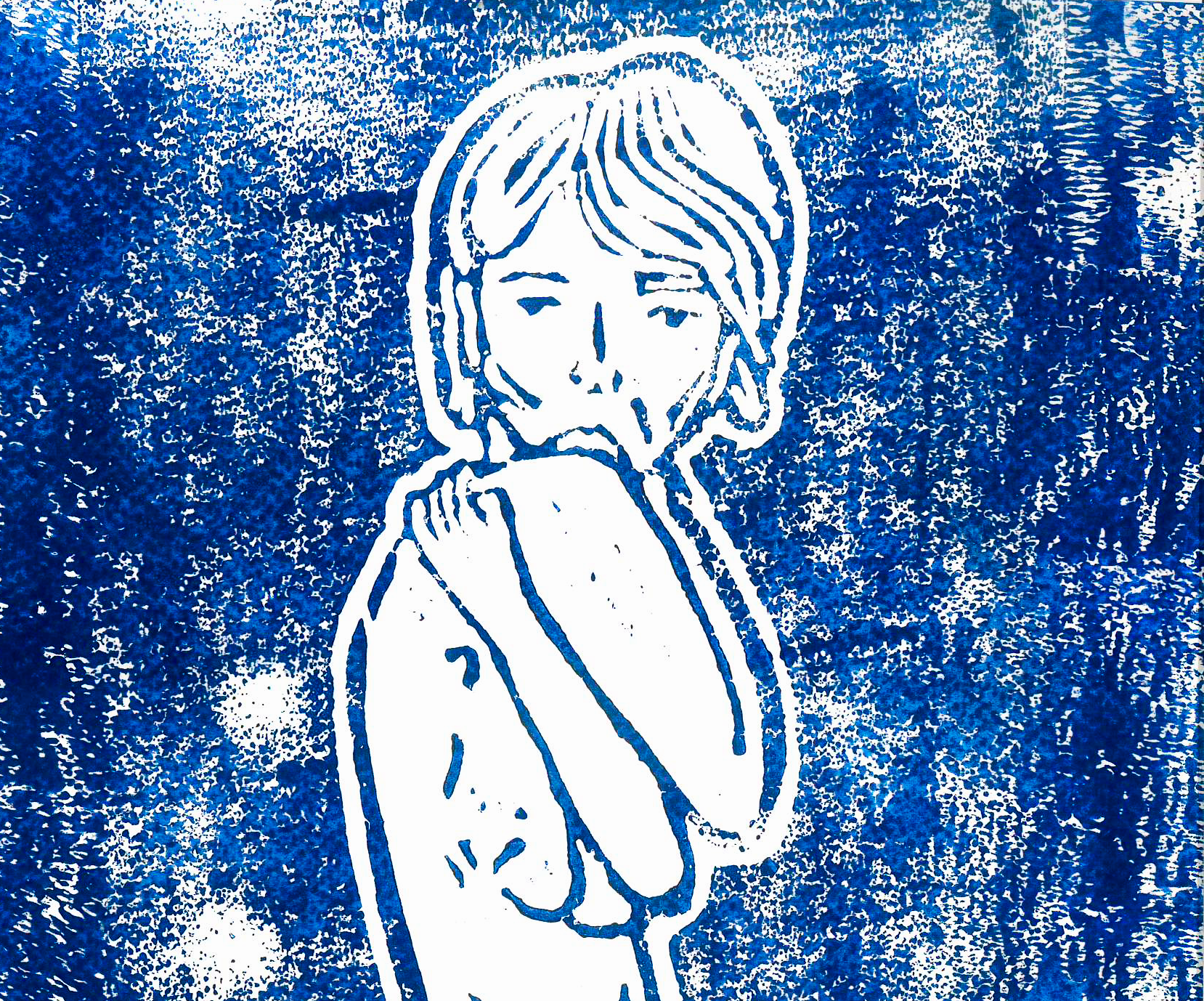

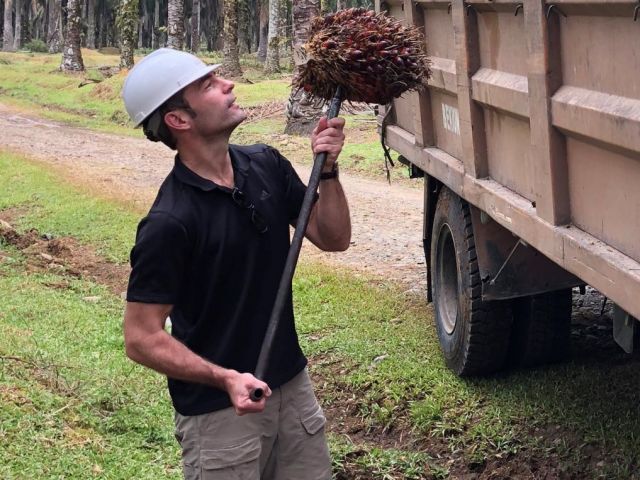













Comments